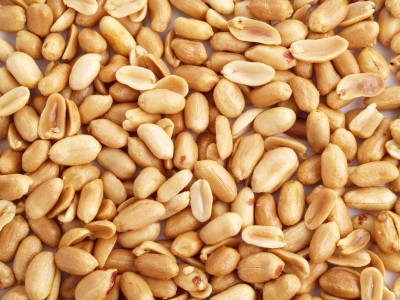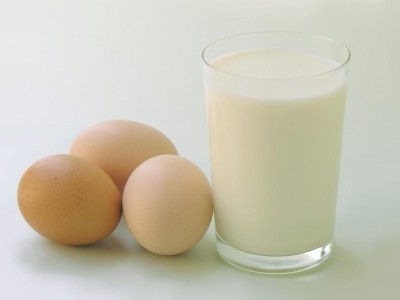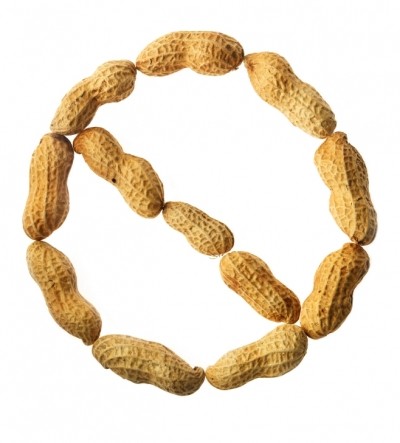Tannins show promise for allergen-free peanut products
Using the tannin could help to remove peanut allergen in foods and drinks by forming insoluble complexes with major peanut allergens that ‘substantially’ reduce the allergen binding reactivity of allergens.
Writing in Food Chemistry, researchers from the United States Department of Agriculture (USDA) suggest that the complexes formed by tannic acid and peanut proteins do not release allergens in the acidy range of the human digestive system – meaning the solution has potential for reducing the allergic potential of foods that contain peanuts.
“The data suggests that the allergen-bound complexes may be stable under gastric and intestinal conditions, and ultimately pass through without causing an allergic reaction,” said the researchers.
Led by Si-Yin Chung of the USDA Agricultural Research Service, the researchers said that the findings open up new possibilities for low-allergen peanut products – however they add that further tests must be conducted to confirm the initial potential.
“Animal or clinical studies using purified peanut allergens are still needed to confirm the finding and determine if tannic acid is useful for the development of low-allergen peanut-based products/beverages and/or the removal of peanut allergens,” said the researchers.
Tannin potential
Chung and colleagues noted that tannic acid have long been regarded “as an anti-nutrient or protein-reducing agent in foods,” adding that the polyphenol tannins form complexes with proteins that render them unavailable in the gut.
“The unavailability of the proteins in the gut, following binding to tannic acid, is an indication that the proteins are not released from the complexes at physiological pH,” they commented.
“In this study, we demonstrated in vitro that peanut allergens, following complexing with tannic acid, were not released at simulated physiological pH – i.e.pH 2 and pH 8."
Study details
“Tannic acid removed peanut allergens from peanut butter extracts by forming insoluble complexes with the allergens,” said the researchers.
They said complexes that were formed at tannic acid concentrations over 0.5 mg per ml did not release the major peanut allergens at pH 2 and pH 8.
“By contrast, complexes formed from a monomer such as gallic acid (a component of tannic acid) released the allergens at pH 2 and 8, indicating that a monomer was not as effective as a polyphenol like tannic acid,” reported Chung and colleagues.
They concluded that IgE binding – or immunoreactivity – of the peanut butter extracts was reduced substantially, especially at a tannic acid concentration of 1-2 mg per ml.
Source: Food Chemistry
Published online ahead of print, doi: 10.1016/j.foodchem.2012.03.057,
“Removing peanut allergens by tannic acid”
Authors: S.Y. Chung, S. Reed

























